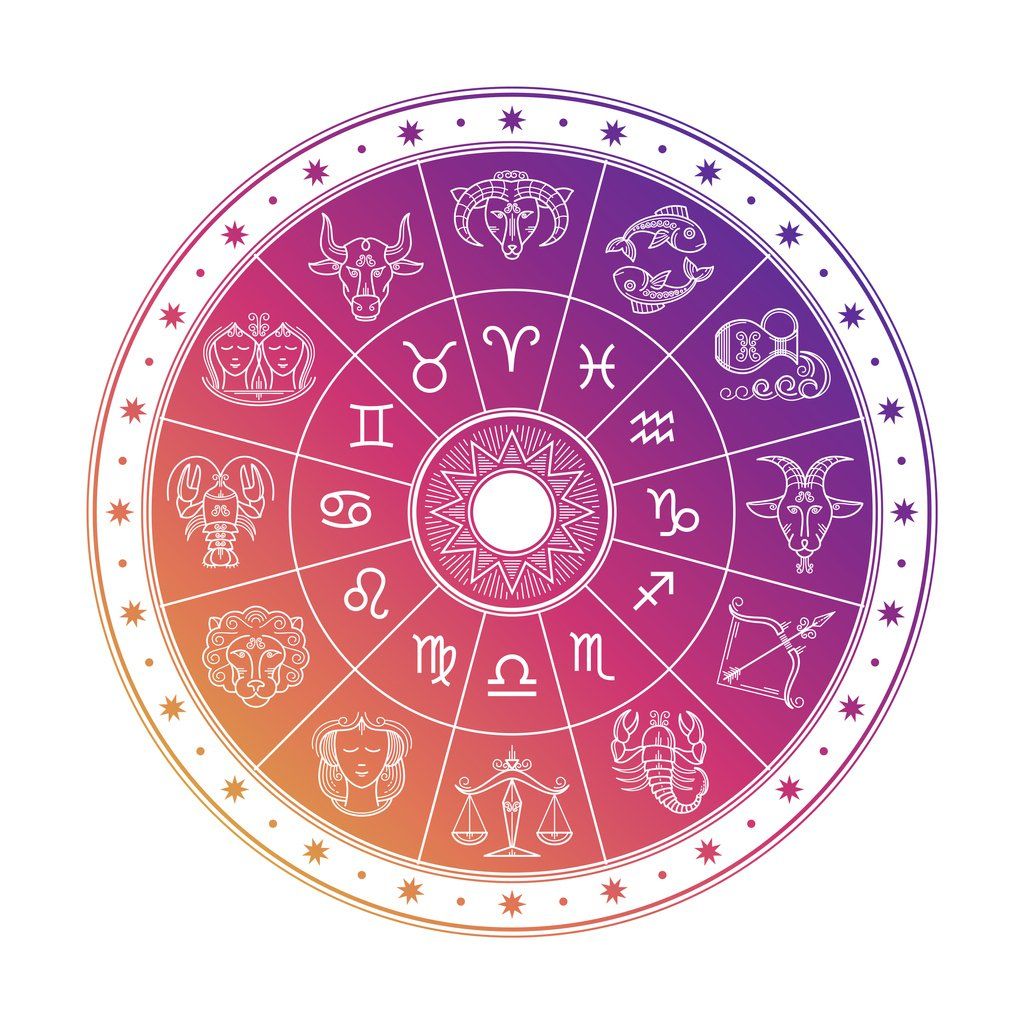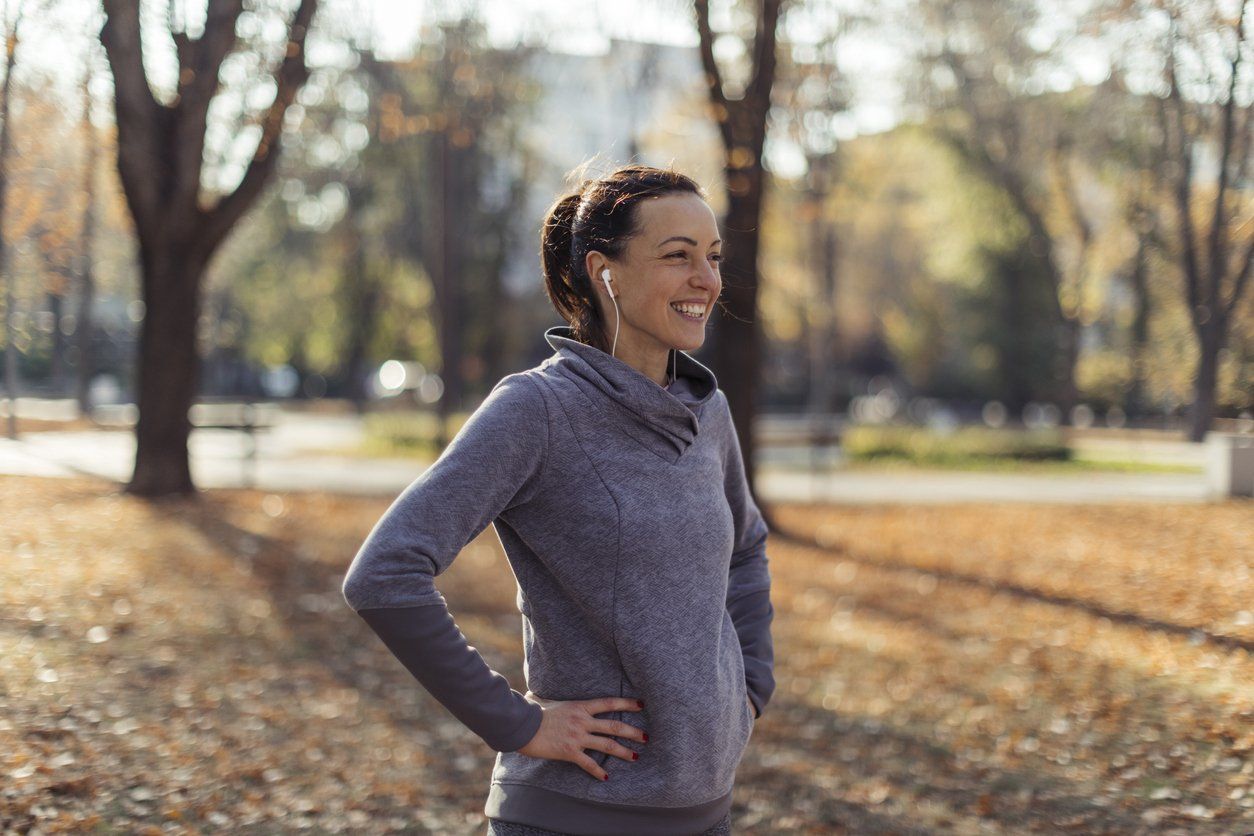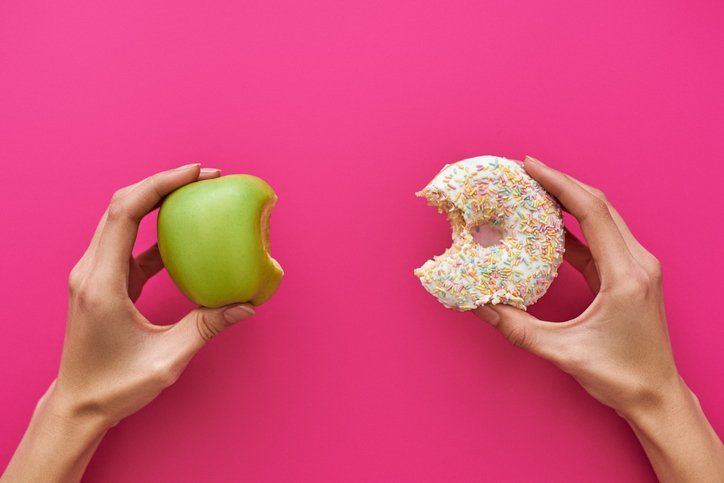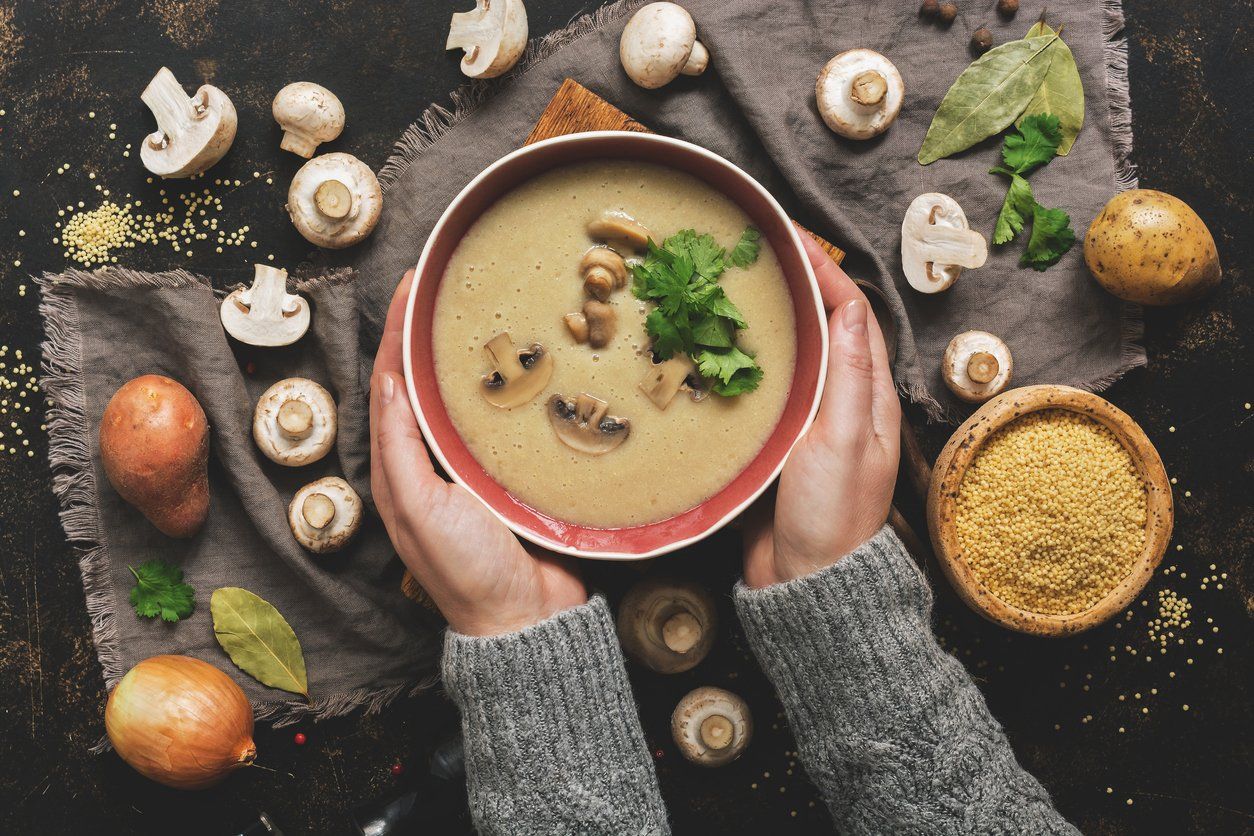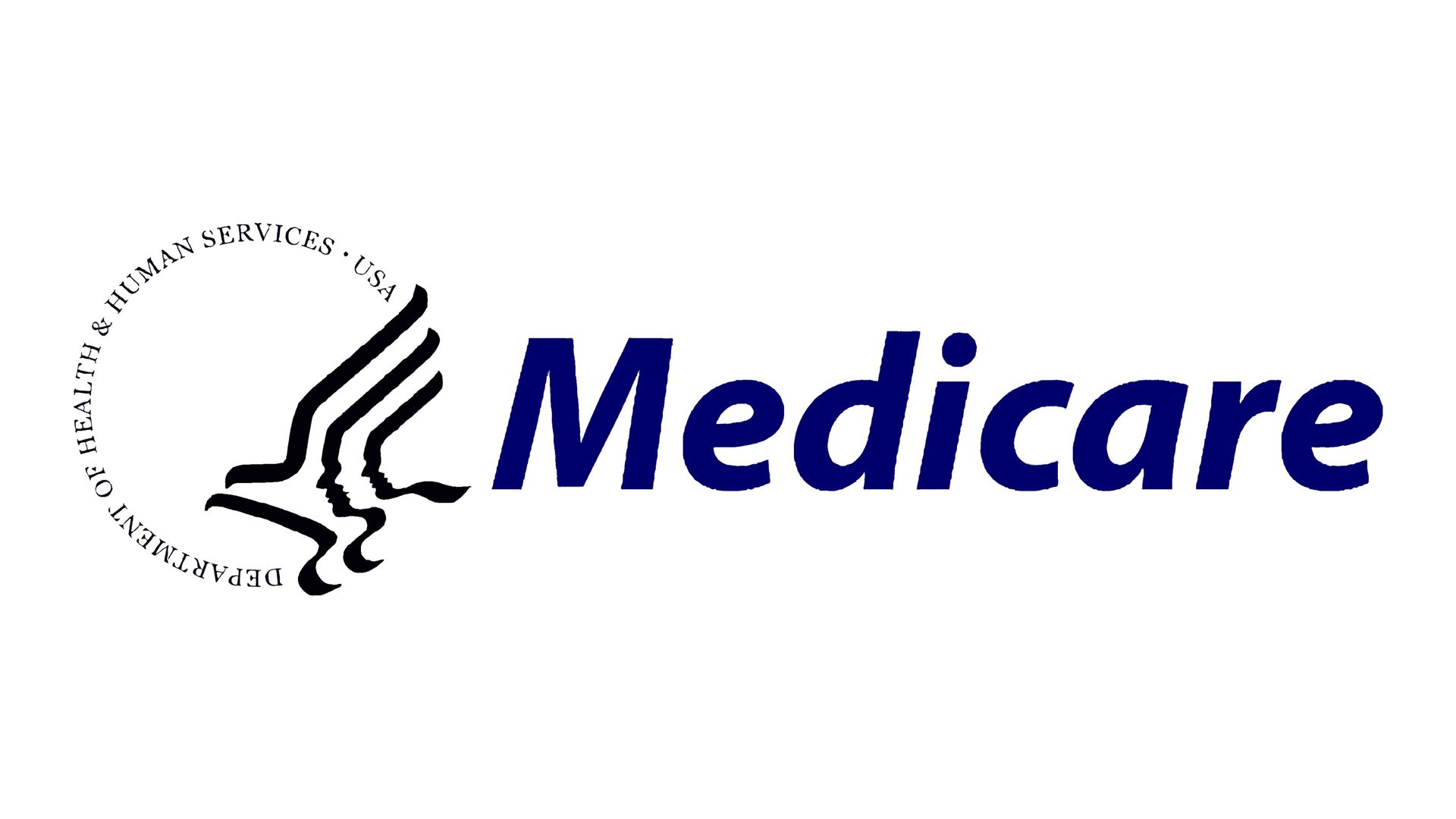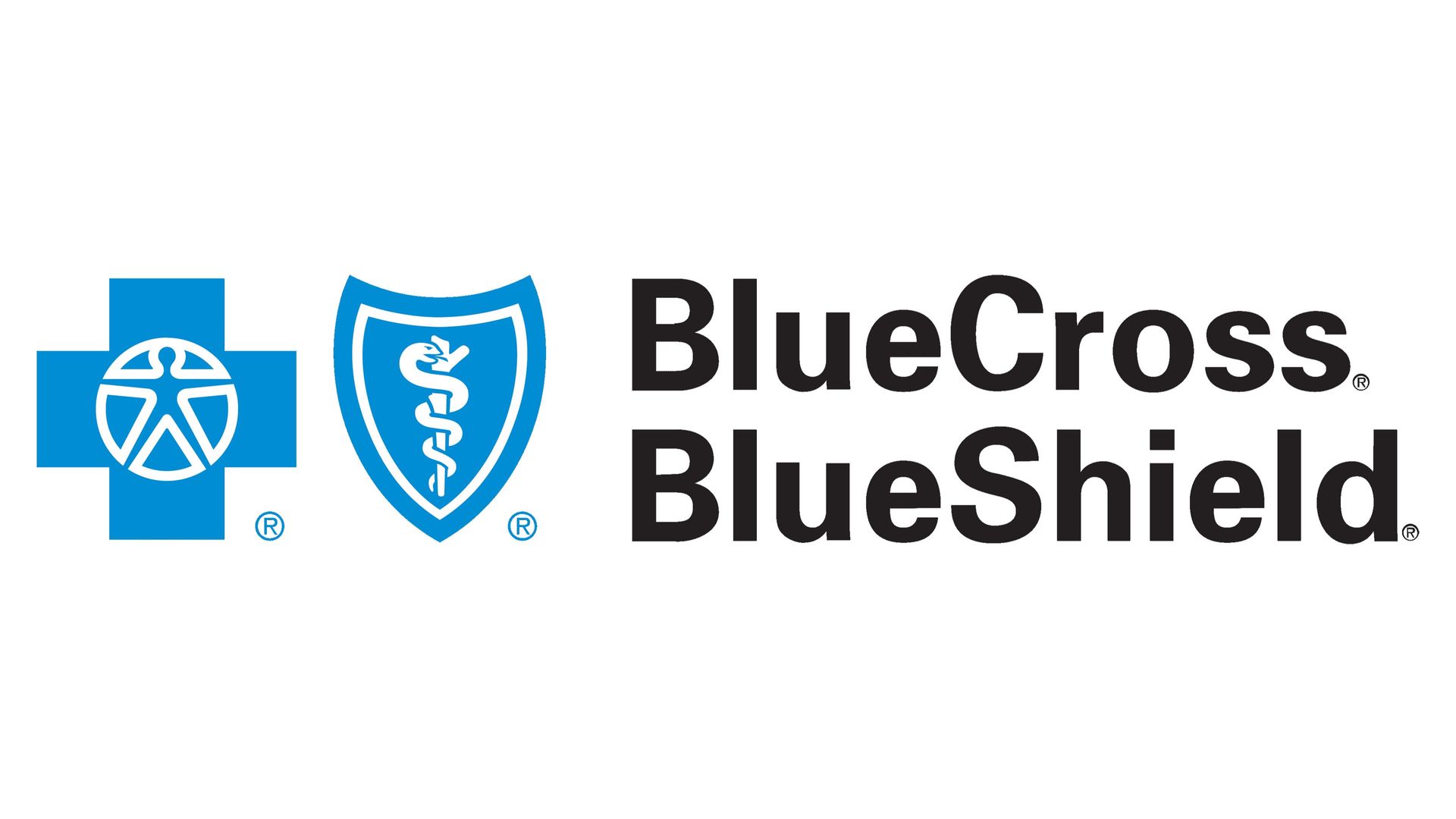Nourishing Yin and Your Skin
Nourishing Yin and Your Skin: Dietary fats Moisturize from the Inside Out
I don’t talk enough about the theory of Chinese Medicine and how it relates to the body and health.
One of my goals is to make Chinese Medicine more accessible and available to the public, and to provide easy tips and recommendations from my acupuncture practice and schooling to help people lead healthier and hopefully, happier lives.
However, talking (or writing) about Chinese medicine can be somewhat challenging as the ideas are not completely foreign, but not really mainstream and with different terminology. Yin and Yang, though, are commonly heard of terms, and many people know that the dao is a depiction of yin and yang. I knew that before I went to acupuncture school (I’m pretty sure I did, that is…) but one thing I don’t think I thought much about was that the two symbols of light and darkness each had a circle of the other within it (see image). So in the white part of the dao there is a black circle and in the black part a white circle. These circles of opposition reflect the idea that within the yin there’s a little yang and within the yang there’s a little yin.
To help you better understand these terms, here are some examples of what yin and yang mean :
Yin is cooling, moisture, dark, feminine, nighttime, heavy, still, passive, interior.
Yang is warming, hot, light, daytime, masculine, movement/activity, exterior.
As an acupuncturist, I think about different times of the year being described in yin or yang terms – and winter, you guessed it, is the most yin time, while summer is the most yang. This isn’t something I made up – I learned that the body is a microcosm of nature and the seasons especially reflect the duality of yin and yang. And when you think about it, they do have a relationship — plants need to lay dormant or even reach a specific cold temperature in order to bloom or grow in the spring or summer. And a good night’s sleep (nourishing your yin) is really helpful to having energy (enough yang) the next day. So the ideas make sense, but really don’t reflect how conventional medicine views the body – Chinese medicine looks more at the whole, rather than focusing only on the problematic parts. We do focus on the problematic parts, but the rest of the body provides important context.
Winter in Chicago is quite a dry experience. And cold. And dark. It is the time of year to stay inside, sleep more, and eat warm foods such as soups and stews. All these activities build your yin and nourish the body. It is important to consider skin health at this time (as I mentioned in here) with helpful, non toxic moisturizing products. It is also a good time to make sure you’re eating enough healthy fats to help the skin moisturized from the inside.
Fat has gotten a bad rap, historically, but it is making a comeback. Thank goodness – as every cell in our body has a phospholipid bilayer. What this means is that every one of your cells has this membrane which is made up of fats (lipids). We also need dietary fat to make hormones, for energy, to make up the myelin sheath surrounding nerves, to help your body absorb fat soluble vitamins A, D, E and K, and of course for healthy skin. Women who eat more healthy fat also look younger – this article has info on a research study on this concept.
So what do you need to eat to nourish your skin from the inside? I could go into a long explanation about omega 3 and omega 6 fatty acids but you can find a really great article here that’s a great place to delve into detail. What I will leave you with is great sources of these fatty acids that will moisturize your skin, nourish your brain, and your yin, and hopefully even make you look younger:
Plant based: flax and chia seeds, and the algae Chorella
Animal based: Cold water fish, including cod, salmon, sardine, anchovies, krill, mackerel.
We all should be eating both plant and animal based fat sources – each provide us with different fatty acids that we need in abundance. AND very importantly, please avoid the bad fats. These are the ones found in processed foods and vegetable oils, such as canola, corn and soybean oil. These oils are really bad for all of us – here’s more information on why.
We all live in the world, not in a bubble. Making small changes, though, can help, especially in cooking more at home and knowing how what we eat – or avoid – impacts health.
These are general guidelines; everyone’s body is unique. Please contact me for a consultation for your specific needs.
